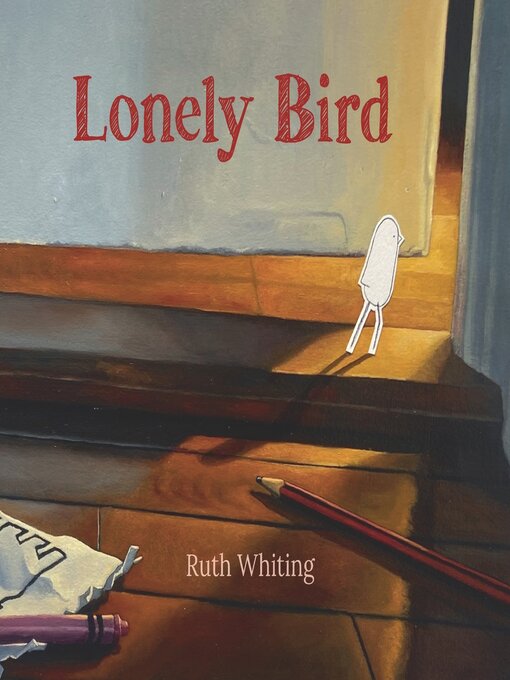A tiny paper bird shares a home with humans in this wondrously illustrated debut, introducing a sensitive, creative soul who ventures into the belly of the beast to rescue a new friend.
She's just a tiny slip of paper, a doodle cut in the shape of a bird. She isn't sure who made her or how she came to be, or if the family she lives with even knows she is there. She turns found objects into things of beauty—sometimes leaving them for the child of the house to discover—and invents riveting tales to tell to the wall outlet. And now, in her grandest adventure yet, the dauntless artist makes something thoroughly unexpected: a friend. With spare prose and luminous paintings, Ruth Whiting introduces a delicate 2D character navigating an oversize world—a reality just on the edges of our own.
- Available now
- New eBook additions
- Most popular
- New kids additions
- Try something different
- Lucky Day
- See all ebooks collections
- New audiobook additions
- Available now
- Most popular
- Try something different
- Listen While You Workout
- Lucky Day
- See all audiobooks collections




